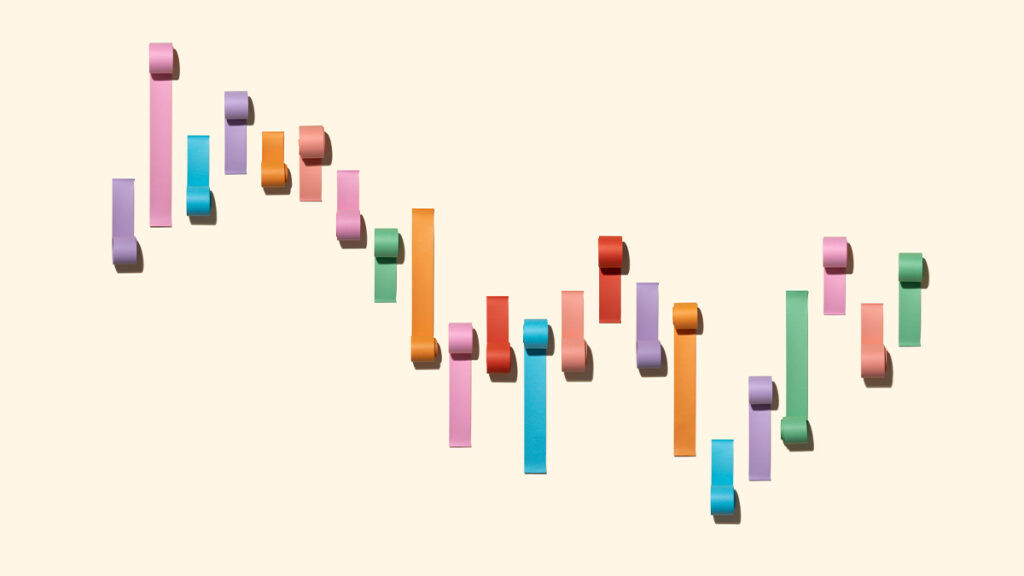THE IMPACT OF ECONOMIC CYCLES ON MACHINERY VALUATION
The Impact of Economic Cycles on Machinery Valuation
In the world of business and finance, the valuation of machinery is a critical aspect of asset management and financial planning. Machinery represents a substantial investment for many industries, and its value can fluctuate significantly depending on the prevailing economic conditions. Understanding how economic cycles affect machinery valuation is essential for businesses to make informed decisions about their assets. This article explores the key points surrounding this topic.
Economic Cycles: An Overview
Economic cycles, often referred to as business cycles, are recurring patterns of expansion and contraction in an economy. These cycles typically encompass periods of growth, peak economic activity, recession, and recovery. Several factors contribute to the dynamics of these cycles, including consumer spending, business investment, government policies, and external shocks such as natural disasters or global crises.
Machinery Valuation Basics
Before delving into the impact of economic cycles, it’s essential to grasp the basics of machinery valuation. Machinery valuation is the process of determining the worth or value of machinery and equipment owned by a business. This value is crucial for financial reporting, tax assessments, insurance purposes, and decision-making regarding asset acquisition or disposal.
The three primary methods for machinery valuation are the cost approach, the market approach, and the income approach. The cost approach involves estimating the current replacement cost of machinery. The market approach compares the machinery’s value to similar assets in the market, while the income approach assesses the machinery’s value based on its income-generating potential.
Impact of Economic Cycles
1. Asset Depreciation and Appreciation
Economic cycles play a significant role in determining whether machinery depreciates or appreciates in value. During economic downturns or recessions, businesses may cut back on investments, leading to decreased demand for machinery. This reduced demand can result in machinery depreciating in value, as there may be a surplus of used equipment on the market. Conversely, during economic upswings or periods of growth, increased demand for machinery can drive up its value.
2. Maintenance and Repair Costs
Economic cycles can influence the cost of maintaining and repairing machinery. During economic downturns, businesses may defer maintenance and repairs to conserve cash flow. This can lead to increased wear and tear on machinery, potentially reducing its value. In contrast, during economic booms, companies may invest in maintaining and upgrading their machinery, preserving or even enhancing its value.
3. Financing and Leasing Terms
The availability and cost of financing or leasing machinery can fluctuate with economic cycles. In times of economic instability, lenders may tighten their lending criteria or raise interest rates, making it more challenging and expensive for businesses to acquire machinery through financing. Conversely, during economic upturns, financing terms may become more favorable, encouraging businesses to invest in new machinery.
4. Market Demand
The overall demand for goods and services produced using machinery can vary significantly with economic cycles. When the economy is strong, businesses may expand their operations, leading to increased demand for machinery. This heightened demand can positively impact the resale value of machinery. Conversely, during economic downturns, reduced demand can depress machinery prices.
Strategies for Managing Machinery Valuation During Economic Cycles
To mitigate the impact of economic cycles on machinery valuation, businesses can consider the following strategies:
- Regular Maintenance: Implement a proactive maintenance program to ensure machinery remains in optimal condition, regardless of economic conditions.
- Diversified Usage: Explore alternative uses for machinery to adapt to changing market demand.
- Lease vs. Buy Analysis: Evaluate the cost-effectiveness of leasing machinery versus purchasing it, taking into account financing terms.
- Monitor Market Trends: Stay informed about industry trends and economic forecasts to anticipate changes in machinery demand and value.
- Asset Appraisal: Periodically assess machinery values using professional appraisers to make informed financial decisions.
Economic cycles have a substantial impact on machinery valuation, influencing depreciation, maintenance costs, financing terms, and market demand. Businesses that understand these dynamics and adopt proactive strategies can better navigate the challenges and opportunities presented by economic fluctuations, ensuring the effective management of their machinery assets.


